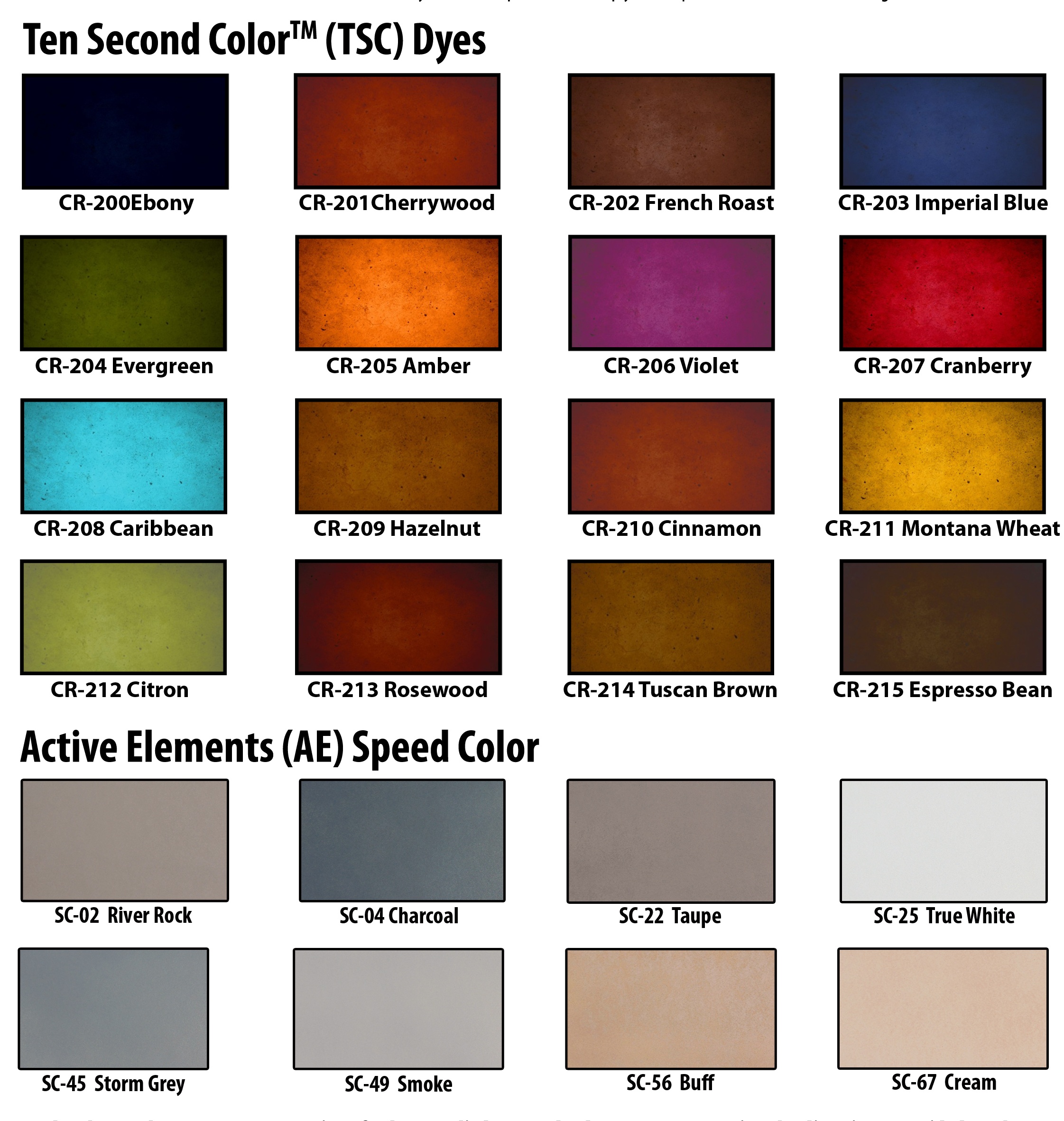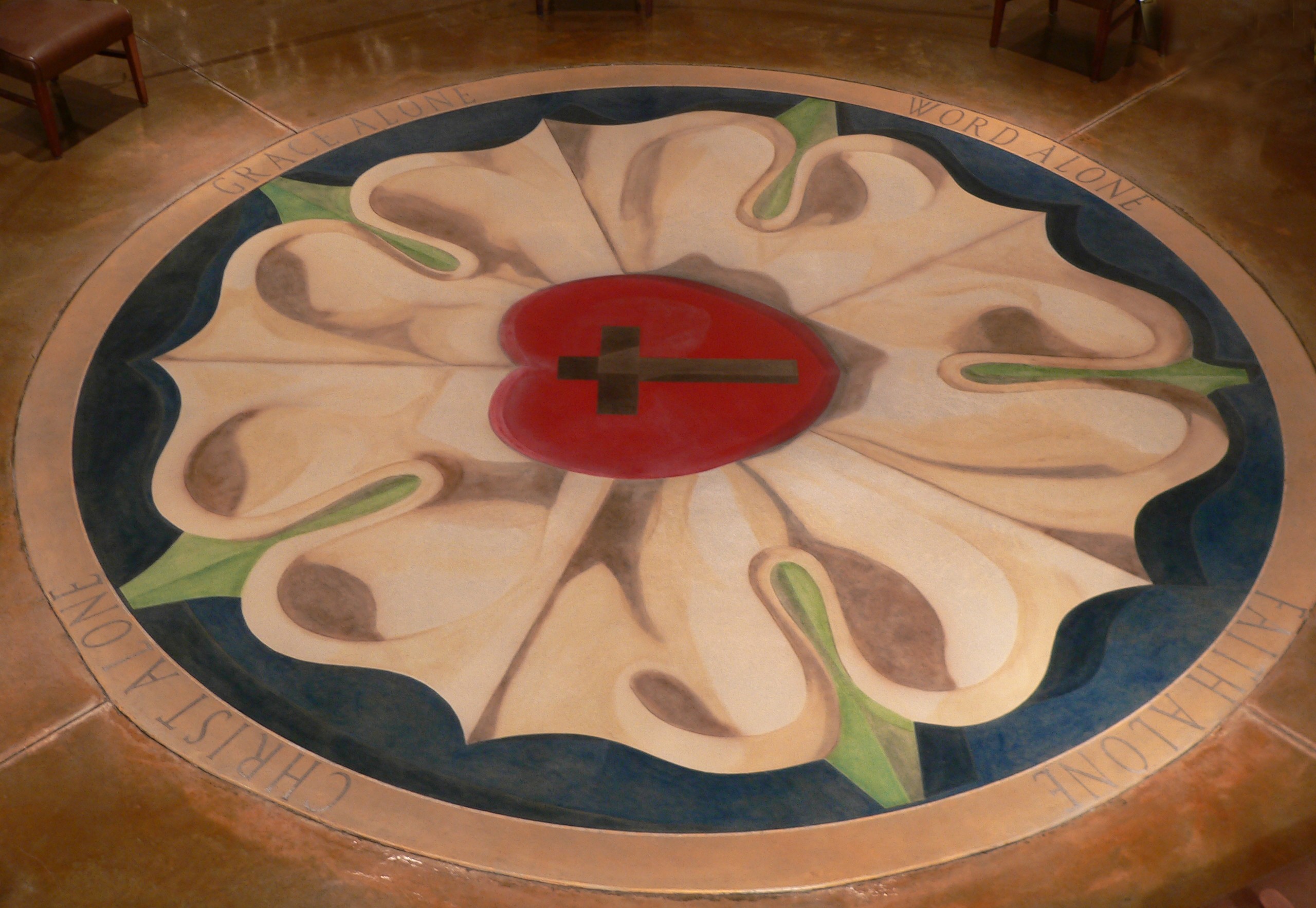Stain Comparison

Plain concrete becomes jaw-dropping beautiful with the application of Concrete Resurrection stains and sealers.Available in a wide range of colors, our stains are manufactured in-house by chemical specialists to assure you a consistent, high-quality product that gives good results every time. And, our staining experts are on hand for continued customer support.
Acid Stain
Ten-Second Color And Active Elements Dyes

Ten Second Color™ (TSC) and Active Elements Speed Color (AE) are penetrating dyes to color concrete and other cementitious surfaces. When properly applied, they create beautifully mottled effects similar to acid stain in a matter of seconds without the wait time required by acid, saving you time and money. TSC and AE are translucent dyes, and colors can be combined into countless variations and hues, or layered for unique effects. Simply add required amount of acetone and go! For interior and exterior use.

Coverage– One quart Dye covers up to 150 sq ft. Coverage variations depend on concrete surface porosity and amount of material applied.
Application Instructions:
Step 1: Concrete must be very clean, dry and porous. (Water must readily soak in and concrete should feel similar to 120 grit sandpaper.)
Step 2: Apply Dye with a cone tip pump sprayer that is compatible with acetone. Dye can also be applied with a brush, roller or HVLP spray equipment.
Step 3: Allow to dry completely and apply sealer.




